Guatemala history is a compelling narrative that weaves together the legacies of ancient civilizations, Spanish colonization, struggles for independence, political turbulence, and social transformations. Nestled in the heart of Central America, Guatemala’s diverse landscapes have been witness to the rise and fall of great civilizations, the clash of cultures, and the quest for self-determination. In this comprehensive exploration, we will delve into key periods and milestones, unraveling the layers of Guatemala’s complex and rich history.
Pre-Columbian Guatemala:
The history of Guatemala begins with the rich tapestry of its pre-Columbian civilizations. The region was home to advanced cultures such as the Maya, whose civilization flourished for centuries. The Maya established sophisticated city-states with impressive architectural and artistic achievements.
Prominent Maya cities, including Tikal, Calakmul, and Caracol, were centers of trade, culture, and political power. The Maya excelled in astronomy, mathematics, and hieroglyphic writing, leaving behind a legacy of monumental structures, intricate pottery, and intricate artwork.
The Classic Period of the Maya civilization, spanning from roughly 250 to 900 CE, marked a peak in cultural and artistic achievements. However, by the 10th century, many Maya cities experienced decline, and by the time of the Spanish arrival, the once-thriving civilization had given way to smaller, dispersed communities.
Spanish Conquest and Colonial Era (16th – 19th centuries):
In 1524, Spanish conquistador Pedro de Alvarado led an expedition into Guatemala, encountering resistance from the indigenous populations. The Battle of Quetzaltenango in 1524 and the subsequent Battle of Utatlán in 1525 were pivotal moments in the Spanish conquest of the region.
The Spanish established the Captaincy General of Guatemala in 1542, encompassing not only present-day Guatemala but also parts of Mexico, Belize, El Salvador, Honduras, and Costa Rica. The new colonial entity became an administrative center for the Spanish Crown.
Spanish colonization brought profound changes to Guatemala’s social, cultural, and economic fabric. The encomienda system, a labor system that exploited indigenous populations, was established. The forced labor and diseases introduced by the Spanish took a devastating toll on the indigenous communities.
The Catholic Church played a central role in colonial Guatemala, with the Franciscans, Dominicans, and Jesuits actively involved in missionary work, education, and the establishment of religious institutions. The blending of indigenous beliefs with Catholicism resulted in syncretic forms of worship, visible in festivals and rituals that endure to this day.
Throughout the colonial era, Guatemala experienced economic exploitation, with the extraction of resources such as cacao, indigo, and cochineal dye. The Spanish Crown’s mercantilist policies aimed to extract wealth from the colonies for the benefit of the empire.
Struggle for Independence (19th century):
The winds of change that swept through Latin America in the early 19th century also reached Guatemala. Influenced by the ideas of the Enlightenment and inspired by independence movements in neighboring countries, Guatemalans began to envision a future free from Spanish rule.
In 1821, a series of events unfolded that led to the declaration of independence for the entire Captaincy General of Guatemala, including present-day Guatemala, El Salvador, Honduras, Nicaragua, and Costa Rica. The region joined the short-lived Mexican Empire under Agustín de Iturbide.
However, the union with Mexico was short-lived, and Central America, including Guatemala, declared its absolute independence in 1823. The newly formed United Provinces of Central America, a federation of five states, aimed to create a united and independent region.
The federation faced internal conflicts and power struggles, and by 1838, it dissolved into the independent nations of Guatemala, El Salvador, Honduras, Nicaragua, and Costa Rica. Guatemala emerged as a sovereign state, navigating the challenges of nation-building.
19th-Century Challenges and Conservative Hegemony:
The 19th century in Guatemala was marked by political instability, economic challenges, and power struggles. The conservative elite, aligned with the Catholic Church, held significant influence, and the nation experienced periods of authoritarian rule.
Rafael Carrera, a military and political leader, emerged as a central figure during this period. Carrera played a key role in the defeat of liberal and indigenous uprisings, solidifying conservative control. In 1847, Carrera became the president of Guatemala and later, in 1854, declared himself president for life.
Carrera’s leadership was characterized by a conservative, authoritarian regime. The Catholic Church regained influence, and indigenous communities faced continued marginalization. The economic structure of Guatemala remained agrarian, with coffee becoming a key export commodity.
The mid-19th century also witnessed efforts by liberal reformers to challenge conservative hegemony. However, their attempts were met with resistance, and Guatemala remained under the sway of conservative rule.
Liberal Reforms and Economic Transformation (Late 19th century):
The late 19th century brought a shift in Guatemala’s political landscape. Liberal forces, influenced by ideas of progress and modernization, sought to challenge conservative dominance. The liberals aimed to introduce secular reforms, diminish the power of the Catholic Church, and promote economic development.
The presidency of Justo Rufino Barrios (1873–1885) marked a period of liberal reforms and modernization efforts. Barrios implemented policies to secularize education, expropriate church lands, and promote infrastructure development. The liberal era also saw efforts to attract foreign investment and encourage economic growth.
Despite these efforts, Guatemala faced economic challenges and social inequality. The liberal reforms were met with resistance, and political tensions continued to simmer beneath the surface.
United Fruit Company and Foreign Influence (Early 20th century):
The early 20th century witnessed the growing influence of foreign corporations in Guatemala, particularly the United Fruit Company (UFCO). The UFCO, an American multinational corporation, became a dominant force in the country, controlling vast expanses of land and exerting considerable economic and political influence.
The UFCO’s operations were centered around the cultivation and export of bananas. The company played a significant role in shaping Guatemala’s economy and politics, often to the detriment of local communities. The term “banana republic” emerged to describe countries in Central America and the Caribbean where foreign corporations, like the UFCO, had substantial control.
The presence of the UFCO led to labor exploitation, environmental degradation, and social unrest. The company’s interests became entwined with Guatemala’s political affairs, and its influence extended to shaping policies and influencing political leaders.
1944 Revolution and Democratic Experiment:
Amidst the socio-economic challenges and foreign influence, discontent among the Guatemalan population grew. In 1944, a series of protests and demonstrations led to the overthrow of the authoritarian regime of Jorge Ubico. The 1944 Revolution marked a turning point in Guatemala’s history, initiating a period of democratic experimentation and social reform.
Juan José Arévalo, a reformist intellectual, was elected president in 1945 and implemented social and educational reforms. The democratic experiment continued with the presidency of Jacobo Árbenz, who assumed office in 1951.
Árbenz’s government aimed to address issues of land inequality by implementing agrarian reform. The most notable measure was the expropriation of unused land owned by the UFCO, distributing it to landless peasants. The reform faced opposition from powerful interests, both within Guatemala and abroad.
CIA Intervention and the Guatemalan Civil War (1954 – 1996):
The ambitious land reforms of Árbenz’s government alarmed the United States, which viewed them as a potential threat to American corporate interests. In 1954, the CIA orchestrated a coup to overthrow Árbenz, marking the beginning of a tumultuous period in Guatemala’s history.
The coup led to a series of military governments, often characterized by repression, human rights abuses, and political violence. Guatemala entered a dark chapter with the onset of the Guatemalan Civil War, a conflict that spanned from the 1960s to the mid-1990s.
The civil war involved government forces, leftist insurgents, and indigenous communities caught in the crossfire. The conflict resulted in widespread human rights abuses, including massacres, forced disappearances, and displacement of populations.
The military regimes, supported by the United States during the Cold War, engaged in counterinsurgency campaigns that disproportionately affected indigenous communities suspected of supporting the insurgency. The military’s scorched-earth tactics led to the destruction of numerous villages.
The civil war had a profound impact on Guatemala, leaving scars that endure to this day. The conflict claimed tens of thousands of lives, and the trauma and repercussions continue to shape the nation’s social and political dynamics.
Peace Accords and Post-Civil War Era (1996 – Present):
The horrors of the civil war prompted international pressure to bring an end to the violence and foster a process of reconciliation. In 1996, peace accords were signed, officially ending the armed conflict. The accords included provisions for human rights, indigenous rights, and socio-economic reforms.
The post-civil war era in Guatemala has been marked by efforts to address the legacies of conflict and promote social justice. Truth and reconciliation initiatives have sought to uncover the truth about the human rights abuses committed during the civil war.
However, the challenges of the past continue to reverberate in contemporary Guatemala. Issues of poverty, social inequality, corruption, and violence persist. Indigenous communities, often marginalized during the civil war, continue to advocate for their rights and cultural preservation.
Economic challenges, including a significant informal economy and limited opportunities for many citizens, contribute to social tensions. Political instability and corruption scandals have further complicated the task of building a stable and inclusive society.
The struggle for justice and accountability remains ongoing, with efforts to address impunity for past crimes and ensure that those responsible for human rights abuses are held accountable. Organizations and individuals, both within Guatemala and internationally, continue to work towards fostering a society that upholds human rights and embraces diversity.
Conclusion:
Guatemala’s history is a tapestry woven with the threads of ancient civilizations, Spanish colonization, struggles for independence, and the complex challenges of the modern era. The legacy of the Maya, the impact of Spanish conquest, the struggles for independence, and the traumas of the civil war all contribute to the intricate narrative of this Central American nation.
As Guatemala navigates the 21st century, it grapples with the complexities of its past and the challenges of the present. The scars of the civil war are still visible, and the pursuit of justice, reconciliation, and social progress remains a dynamic and ongoing process.
The story of Guatemala is not only one of resilience but also a call to confront the shadows of the past and forge a future that embraces diversity, upholds human rights, and addresses the root causes of inequality and injustice. Guatemala’s history serves as a testament to the strength of its people, who continue to shape the destiny of a nation with a rich and complex heritage.



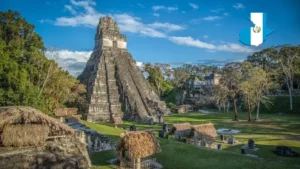
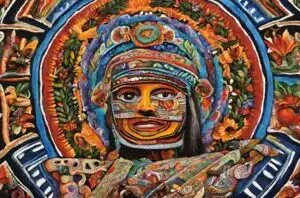
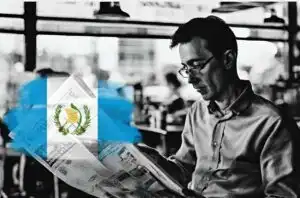


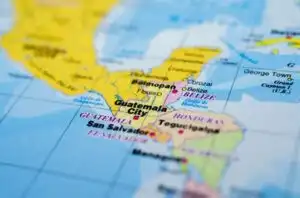

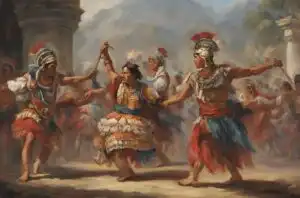
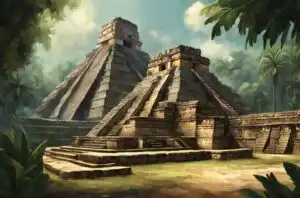
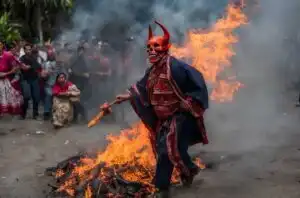
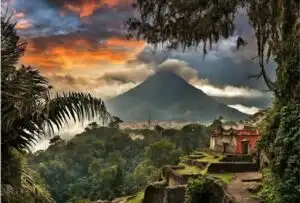
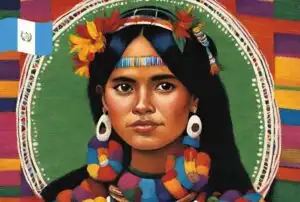




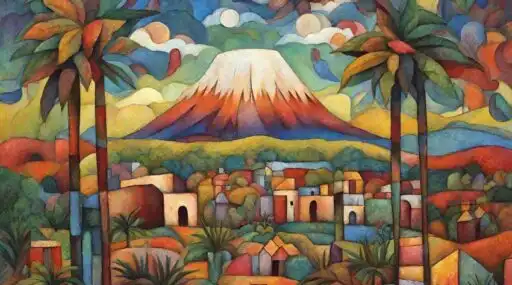

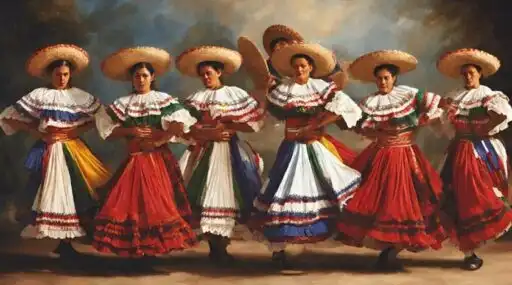



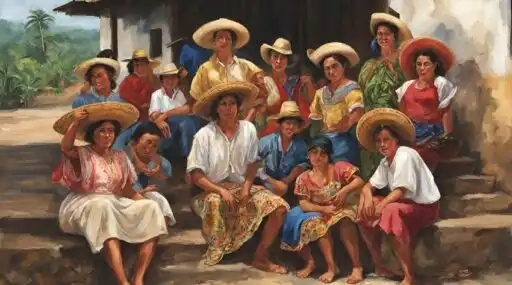
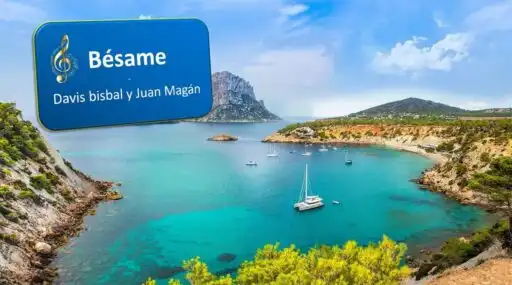


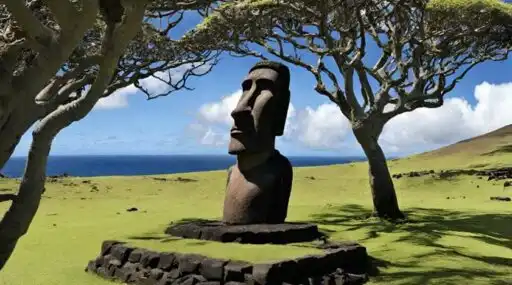







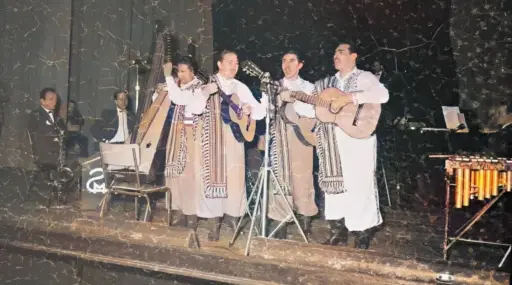

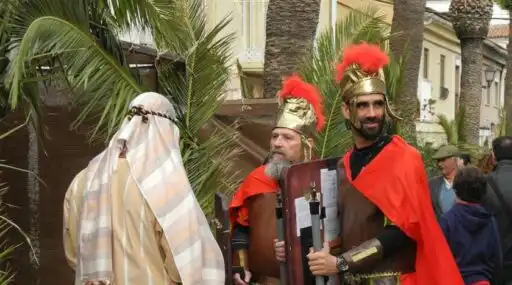

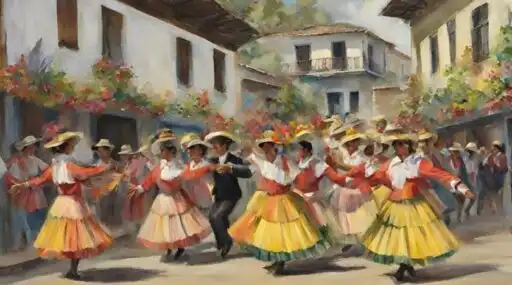


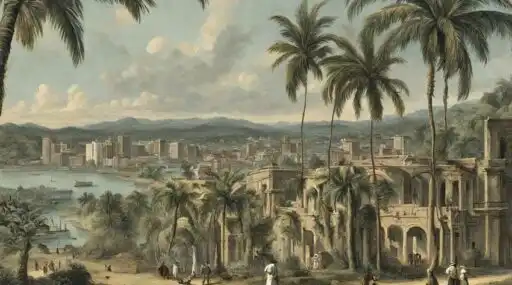

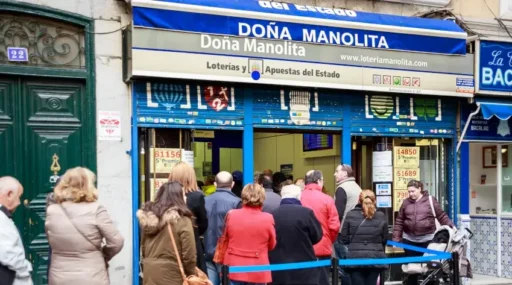
Leave a Reply